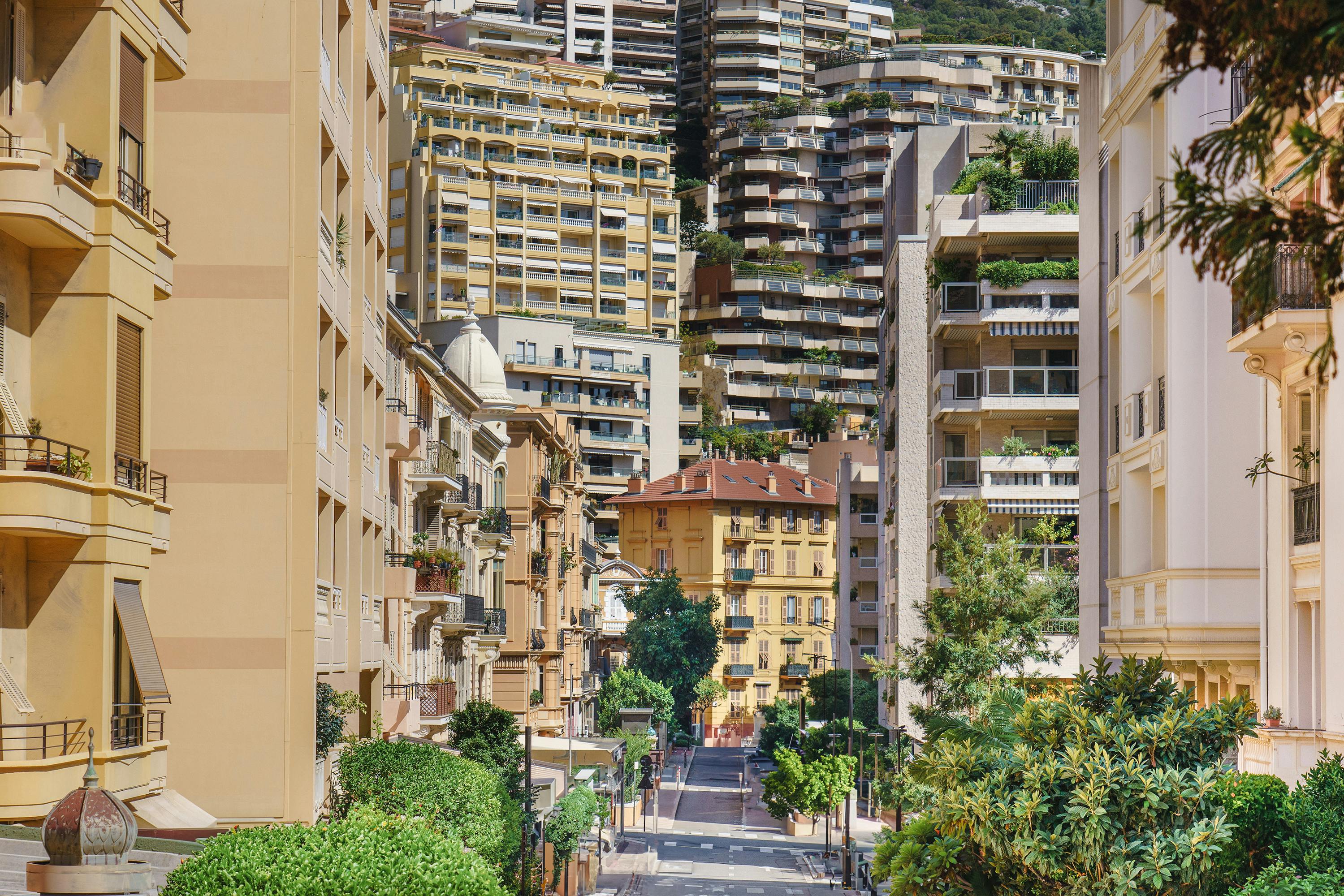
VIII. Next Stages in the Legislative and Electoral Journey. Find out more about San Diego short-term rental tax proposal status.
For this transformative proposal to become a permanent part of San Diego’s financial and housing structure, it must successfully navigate a challenging legislative gauntlet before the final say rests with the electorate. Today’s Rules Committee hearing is merely the opening salvo in what promises to be a politically charged procedural marathon.
A. The Critical Committee Review Milestone. Find out more about Impact of proposed tax on San Diego vacant home owners guide.
Before the entire City Council, let alone the voters, can weigh in, the proposal must first survive the internal vetting process. The next pivotal procedural hurdle is the **Rules Committee hearing scheduled for this morning, October 22nd**. This meeting serves as the initial, official quality control session. Here, a subset of the Council will formally scrutinize the draft ballot language, the operational mechanics (such as the proposed annual fee of up to **$5,000 per bedroom**), and the preliminary financial assessments—the projected **$100M to $135M** in revenue. The outcome of this single committee vote is decisive. If it fails here, the proposal stalls immediately in the legislative pipeline, effectively ending its run for the year. Consequently, the agenda for this specific meeting has become the focal point for every interested party. Advocacy groups on both sides are scheduled to present their final, distilled arguments just moments before the committee members retreat to deliberate. Navigating the complexities of municipal governance and ensuring your voice is heard at these stages requires keen attention to the legislative calendar and mastery of voter engagement strategies.
B. Paving the Way for Voter Consideration. Find out more about Chamber of Commerce opposition to San Diego visitor tax strategies.
Assuming the proposal successfully clears the Rules Committee hurdle—which, based on the intense morning press conferences, is far from guaranteed—the next step involves securing passage by the full City Council. This legislative body must vote to officially place the measure on the ballot for public adjudication. The timeline is notably ambitious: proponents are targeting placement for the **June 2026 general election**. If it successfully navigates both the committee and the full Council vote—perhaps scheduled for early 2026—the ultimate decision-making authority will shift to the registered voters. This reliance on a direct vote acknowledges the profound nature of the proposed tax, ensuring that such a significant change in municipal finance and housing policy receives the broadest possible democratic mandate. Should the measure pass the electorate in June 2026, the Council’s work is far from over. Their subsequent task will involve the complex, nuts-and-bolts work of finalizing the exact operational statutes, determining the precise financial collection methodologies—a crucial area given the existing TOT collection system—and establishing robust enforcement protocols for the newly enacted Vacation Home Operation Tax. This final implementation phase is often where the stated intent of a policy either succeeds or falters in practice.
Conclusion: Key Takeaways and Actionable Next Steps. Find out more about Impact of proposed tax on San Diego vacant home owners insights guide.
Today, October 22, 2025, marks a critical inflection point for San Diego’s housing and tourism economy. The Vacation Home Operation Tax has successfully brought the debate over housing equity to the forefront, supported by key local political figures like former mayoral candidate Barbara Bry, while simultaneously galvanizing a fierce, organized resistance from the tourism industry and short-term rental hosts. The central tension remains unresolved: proponents see it as a necessary tool to counteract speculative ownership and generate vital revenue (estimated at up to $135 million), while opponents warn of economic harm to tourism and the unintended consequence of burdening local residents who rely on hosting income to afford their own homes. Key Takeaways You Must Remember: * Today’s Focal Point: The City Council Rules Committee is meeting today to decide if the measure advances toward the June 2026 ballot. * The Core Distinction: The tax is aimed at *non-primary residences* (vacant second homes and full-time STRs), with exemptions for owner-occupied homes and long-term rentals. * The Industry Context: The debate occurs against a backdrop of existing STRO regulations that already cap whole-home rentals at 1% of the city’s housing stock. * The Host Paradox: A significant percentage of hosts rely on this income to remain in San Diego, creating a policy conflict between macro and micro affordability goals. Actionable Insights for Informed Citizenship: 1. Track the Vote: Follow the outcome of today’s Rules Committee hearing. This will dictate the immediate future of the proposal. 2. Examine the Mechanics: Pay close attention to the final ballot language, particularly how the tax is calculated (e.g., the $5,000 per bedroom estimate) and how exemptions are defined. The devil, as always, will be in the details. 3. Engage with Data: When evaluating the arguments, contrast the proponents’ vision of reclaiming housing stock with the industry’s data on job support and host residency. The true path forward requires balancing these competing, valid economic realities. The road ahead to the June 2026 ballot is long, requiring legislative approval and a public mandate. This fight is about more than just a tax; it’s about defining the kind of city San Diego wants to be in the next decade—a world-class destination or a sustainable home for its residents, or perhaps, finding that elusive balance in between. What is your primary concern as this proposal moves (or stalls) today? Share your thoughts on how the city can best balance tourism revenue with the urgent need for resident housing stability in the comments below!
